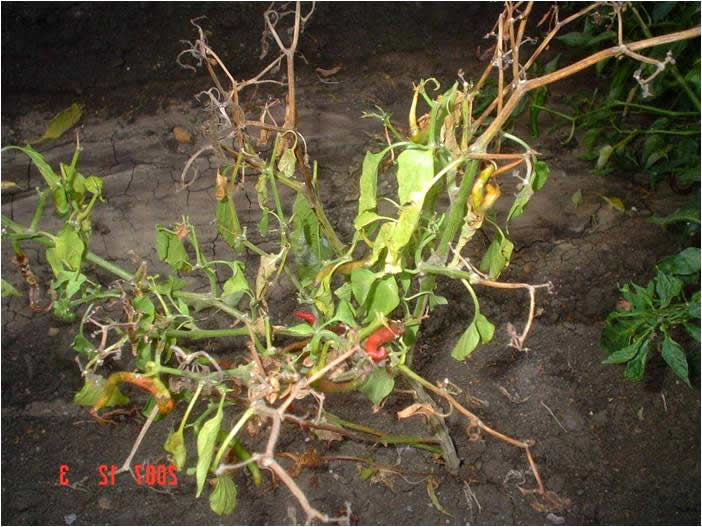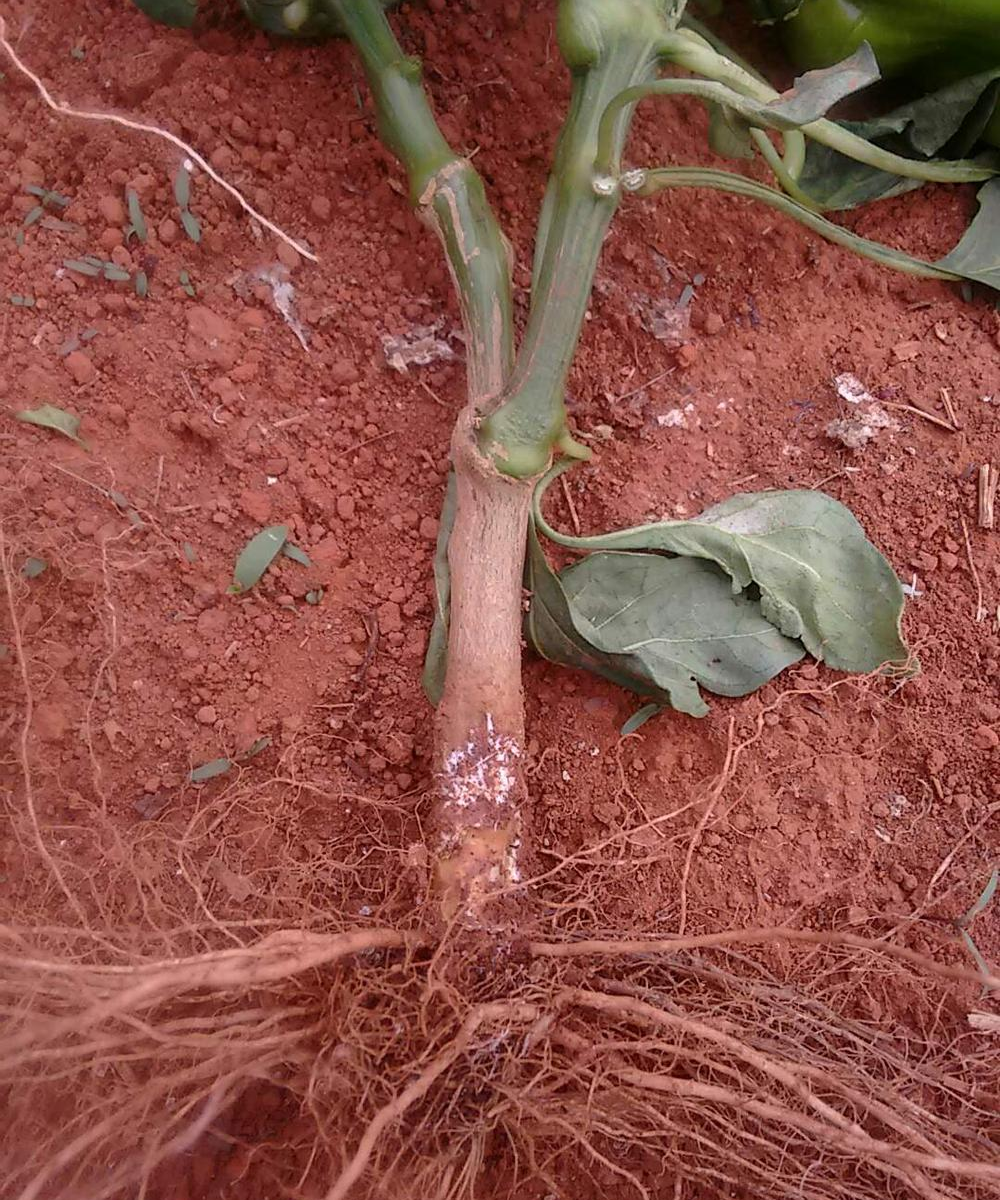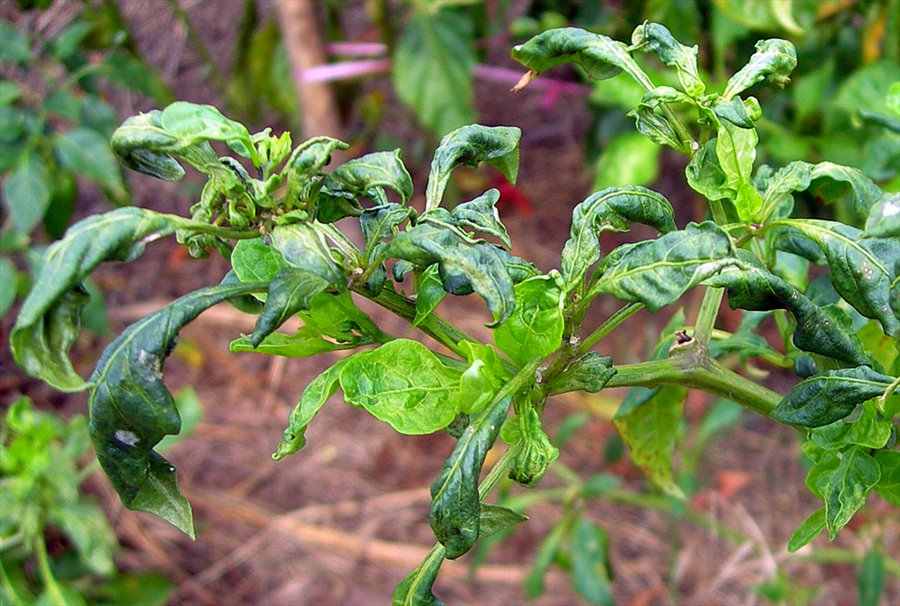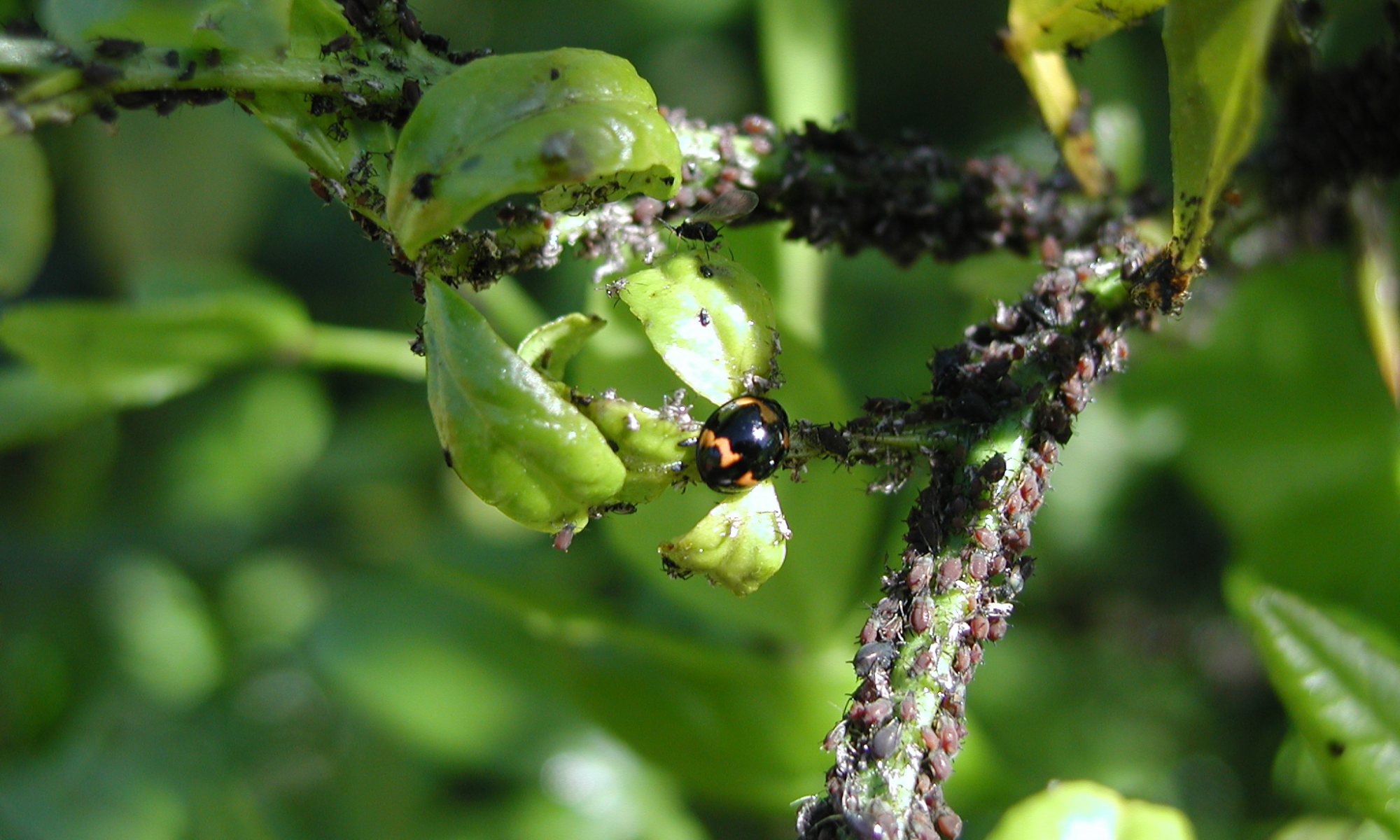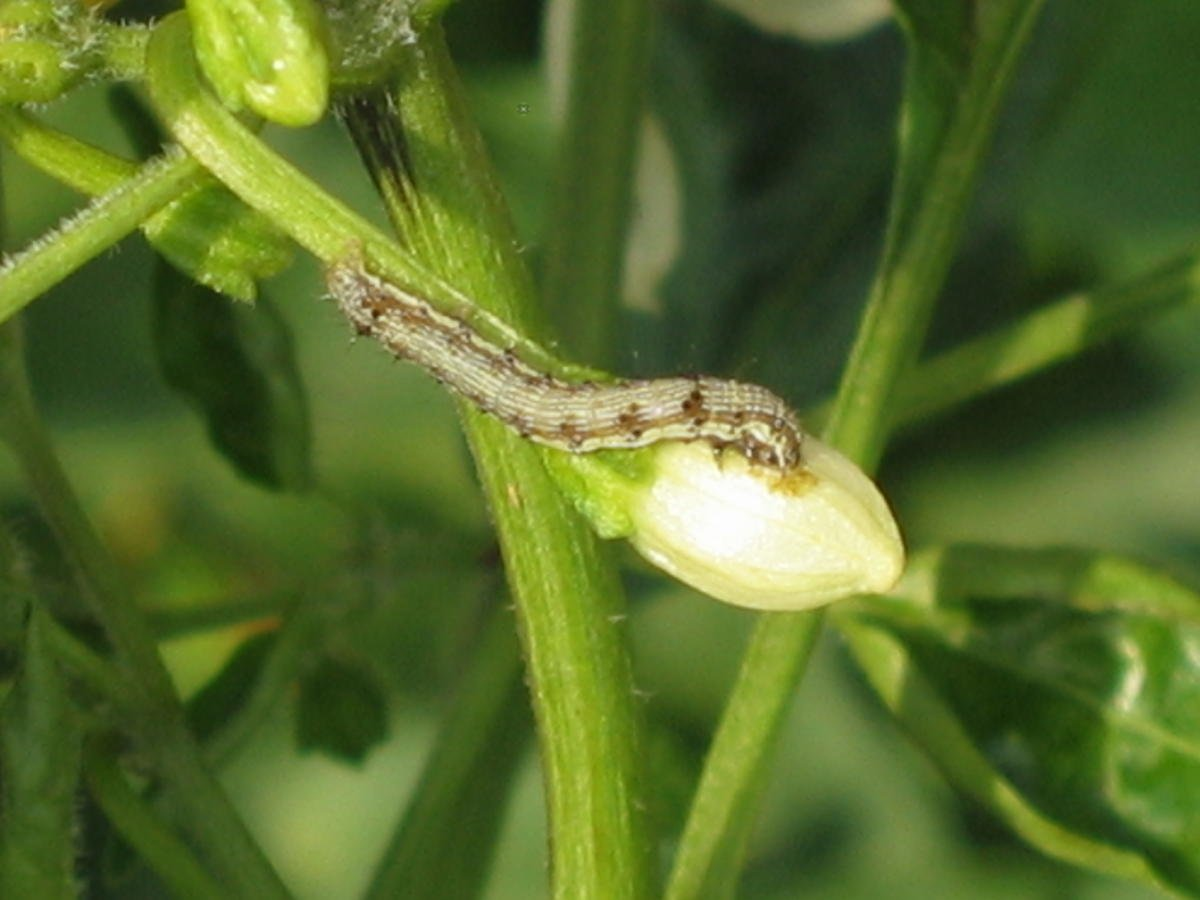- Destroy of the debris of diseased plants.
- Crop rotation and ensure good drainage.
- Sowing of seeds on raised nursery beds.
- Treating seeds with Carbendazim 12%+ Mancozeb 64% @ 3gm/ kg seeds before sowing.
- Soil drenching with Carbendazim 50% @ 300 gm/acre or Metalaxyl 8%+Mancozeb 64% @ 500 gm/acrer.
Like and share with other farmers by clicking on the button below.
Share
